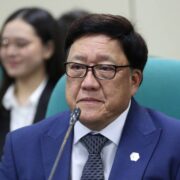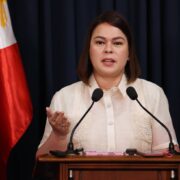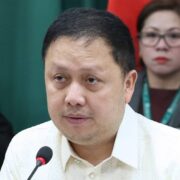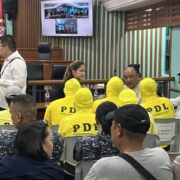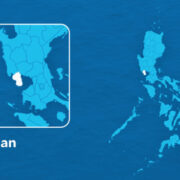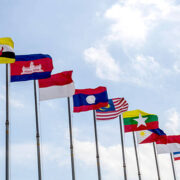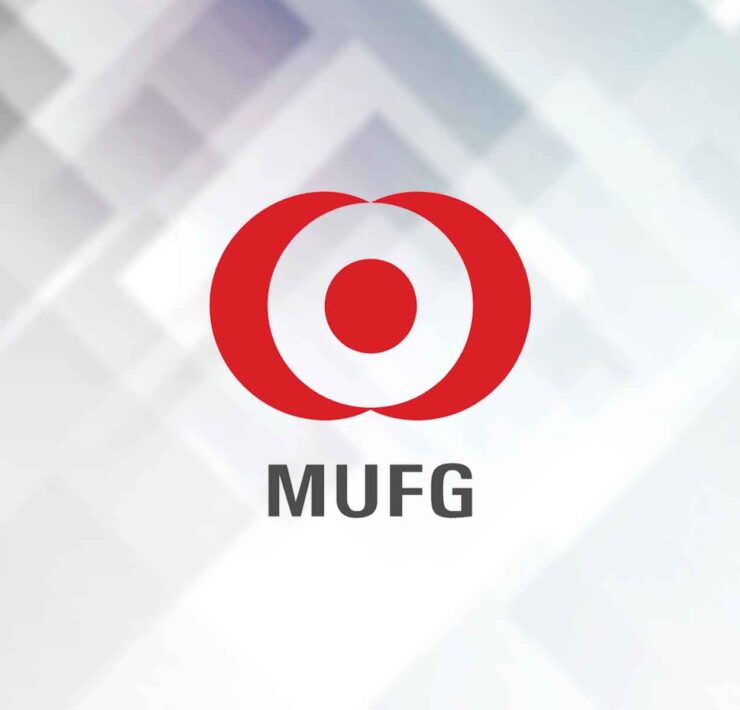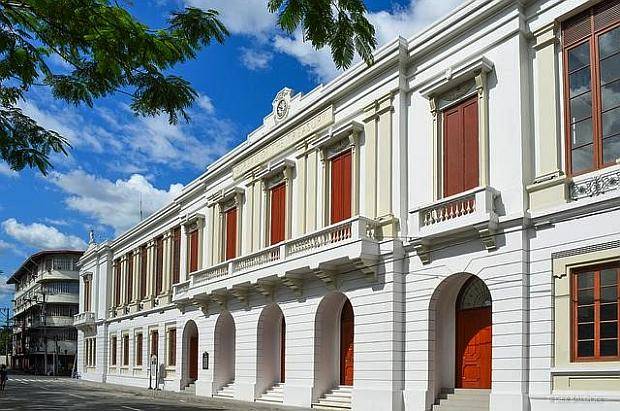PH dollar deficit persisted in May
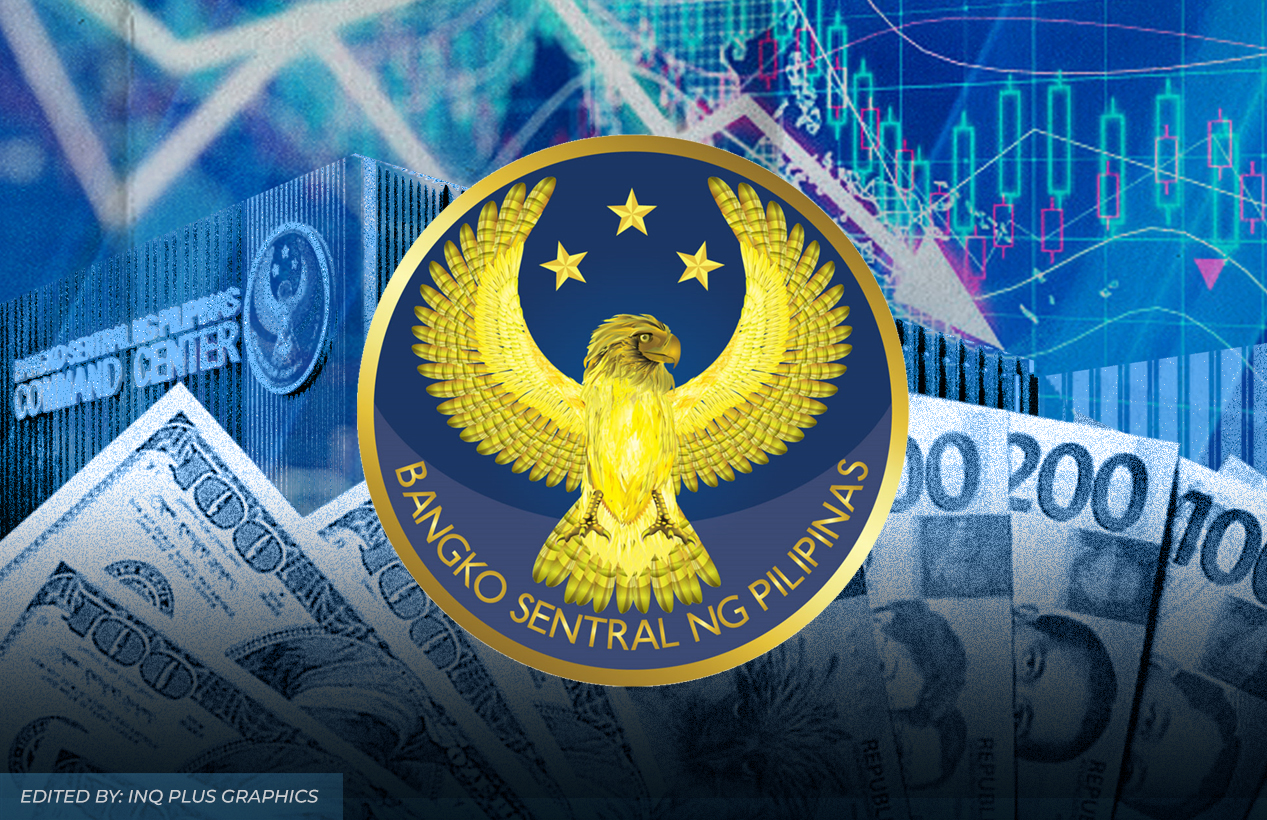
The Philippines posted a balance of payments (BOP) deficit for the third straight month in May, with outflows stemming from foreign debt payments of the government.
The country paid $298 million more than it earned from its transactions with the rest of the world in May, latest data from the Bangko Sentral ng Pilipinas (BSP) showed. This was a turnaround from the $2- billion BOP surplus recorded a year ago.
The BSP said the government had taken out some cash from its foreign currency deposits with the central bank to pay its external debts. This, in turn, resulted in another month of BOP deficit.
That brought the country’s dollar position in the first five months to a shortfall of $5.8 billion, a reversal from the $1.6- billion surplus posted in the same period last year.
At this point, the BOP deficit is running above the BSP’s forecast of $4 billion shortfall for the whole year.
The central bank said the year-to-date deficit was largely due to the country’s yawning trade gap. State statisticians have yet to release the foreign trade data for May, but figures as of April showed the four-month trade deficit amounted to $15.9 billion as imports beat exports.
The BSP said the cumulative BOP gap would have been wider if not for sustained net inflows from remittances, offshore borrowings of the government and short-term placements of foreign investors in the country’s bond and stock markets.
Overall, the dollar deficit in May translated to gross international reserves (GIR) of $105.2 billion, slightly lower than the preceding month’s level of $105.3 billion.
The GIR serve as the country’s buffer against external shocks. The reserve assets consist of foreign investments of the central bank, gold and foreign exchange as well as borrowing authority with the International Monetary Fund and the country’s contributions to the same Washington-based institution.
The BSP said the reserves were enough to pay for 7.1 months’ worth of imports, way above the global standard of three-month import cover. This ensures availability of foreign exchange to meet the country’s BOP financing needs—like payment of imports and debt service—in extreme conditions when there are no export earnings or foreign loans.





